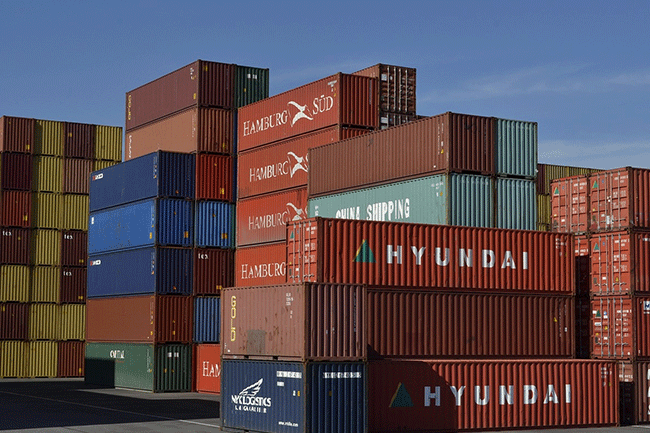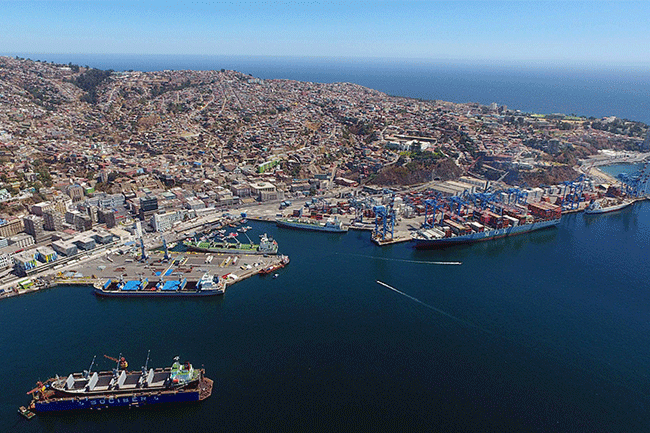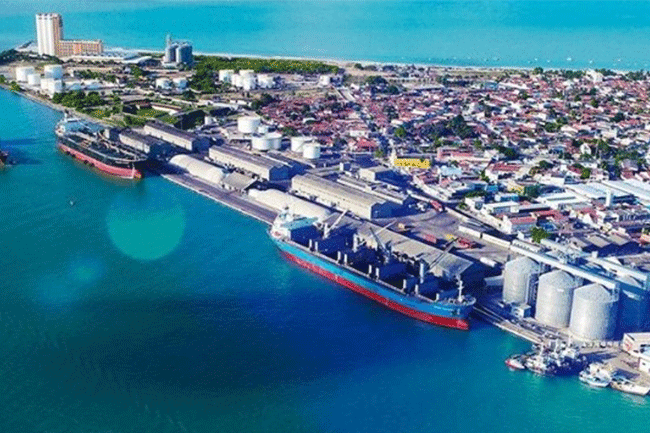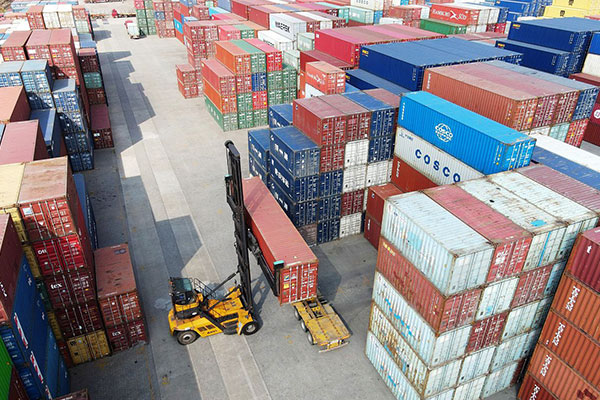- Shanghai Zhongshen International Trading Co., Ltd. – Your reliable partner with 20 years of import/export agency service expertise.
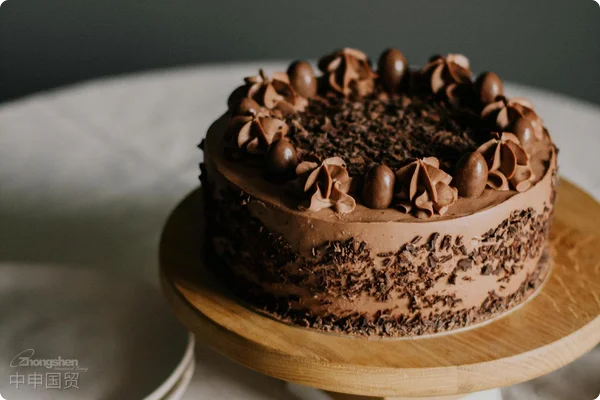
Dutch ChocolateImport Agent ServicesCore Value: A Dual-Engine System of Documentation and Logistics
Dutch chocolate is world-famous for its silky texture and rigorous quality control, yet its import involves intricate cross-border trade procedures. As a professional import agency, our core competitiveness lies inAccuracy in document processingandSynergy of the logistics networkTwo major dimensions.
In terms of documentation, importing Dutch chocolate requires preparing more than ten key documents: the Commercial Invoice must match the contract amount exactly to avoid customs valuation disputes; the Packing List must specify the net weight, gross weight, and specifications of each carton, and must be used together with HS Code 1806.3200 (chocolate preparations filled or containing other ingredients) to complete classification.Origin Certificate(For example, FORM E under the China–Netherlands FTA or the EU-wide EUR.1) is the key document for enjoying the most-favoured-nation tariff rate of 8%; the phytosanitary certificate issued by the Dutch authorities and the Certificate of Analysis (COA) are the mandatory documents for customs to verify product safety. Our documentation team has more than ten years of review experience and can swiftly complete document translation, signature & seal verification, and filing, ensuring a single-pass customs clearance success rate above 98%.
Logistics-wise, Dutch chocolate is a heat-sensitive product with strict temperature-control requirements (recommended constant 20–22 °C). Based on shipment volume, we flexibly select the transport mode: for small batches (<500 kg), we prefer Amsterdam Schiphol Airport to Shanghai/Shenzhen.Air freight(Lead time 4–6 days), shipped in insulated boxes with dry ice; bulk volumes (>2 t) move by full container via the Port of Rotterdam.Maritime transport(28–32-day transit) – contracted rates secured with Maersk, CMA CGM and other carriers, with space and REEFER reefer containers locked in. After customs clearance, cargo can be temporarily stored in Shanghai Waigaoqiao Bonded Warehouse (duty-free storage) or in a general warehouse (immediate release upon clearance), then distributed nationwide to end-users according to customer requirements.
Opportunities and Challenges for Dutch Chocolate Imports in the Context of International Trade
Currently, the Netherlands is China’s second-largest EU source of food imports (€420 million in Jan–Oct 2023), and the deepening China–Netherlands trade agreement has created a policy dividend for chocolate imports—over 95 % of food items enjoy zero or low tariffs. Yet opportunities and challenges coexist:
On one hand, the EU is tightening food oversight on China. Starting in 2024, the Union will fully roll out the New Legislative Framework (NLF), obliging exporting food companies to register in the EU FIRMS system and to furnish a Declaration of Conformity (DoC) for every shipment; non-compliant goods will be sent back. On the other hand, geopolitics is driving up logistics costs—the Russia-Ukraine conflict has jammed Baltic Sea routes, pushing the Bunker Adjustment Factor (BAF) on Rotterdam-Far East sailings 15 % higher year-on-year, forcing shippers to cut expenses via route optimization (e.g., detouring through the Strait of Gibraltar).
As a professional agent, we track EU food-regulation updates in real time—such as the specific ingredient-labelling requirements under Regulation (EU) 1169/2011—and have set up an information-sharing mechanism with the Dutch Food Exporters Association (NEVI) that issues policy-change alerts three months in advance, enabling clients to adjust their procurement plans.
Full-process agency service: a detailed walkthrough of professional operations from contract signing to delivery
The essence of import agency is “risk backstopping + efficiency enhancement.” We break down our service into nine key stages that cover the customer’s entire lifecycle needs:
- Client ConsultationCollect product information (cocoa content, packaging type), target customs-clearance ports (Shanghai/Guangzhou/Qingdao), and timeliness requirements (urgent/standard) through the questionnaire, and clarify whether there are special needs such as Russia transshipment.
- Negotiation and Contract Signing: Review the key clauses of the contract, with particular attention to the payment method (it is recommended to use L/C for large-value transactions?L/C?, small orders: 30% T/T in advance + 70% against copy of B/L), quality standards (quantifiable indicators such as “cocoa butter content ≥35%” must be agreed upon), and dispute resolution (China International Economic and Trade Arbitration Commission preferred).
- Orders & Payment: Pay for goods through a proxy account to bypass the enterprise’s direct foreign-exchange quota; if the transaction involves Russia, VTB Bank (Russiaforeign tradeBank)Convert foreign exchange into RMBThe channel supports direct ruble-to-RMB settlement, bypassing SWIFT system restrictions and cutting arrival time to two working days.
- Production supervision: Per customer request, we can coordinate with third-party agencies (e.g., SGS, BV) to station inspectors at the Dutch plant, focusing on verifying raw-material traceability (cocoa-bean origin), production environment (GMP certification), and packaging compliance (food-grade aluminum foil usage).
- Logistics Management: When booking space, simultaneously insure with the insurance company for “All Risks,” covering melting and collision losses during transit; complete the “Single Window” pre-declaration three days before arrival, submit electronic accompanying documents, and compress customs clearance time to 48 hours (the standard is 72 hours).
- Customs Compliance: Complete HS-code pre-classification (1806.32.00), tariff calculation (CIF value × 8% duty + (CIF value + duty) × 13% VAT), and provide composition test reports (e.g., Salmonella, aflatoxin results) when cooperating with customs inspection.
- Delivery and Distribution: We have established long-term partnerships with JD Logistics and SF Cold Chain, supporting a three-tier distribution model of “port – regional warehouse – store,” enabling 48-hour delivery within the Yangtze River Delta and 72-hour delivery nationwide.
- Quality Assurance: After receipt, samples are drawn and sent for inspection (commissioned to CTI). If batch issues are found (e.g., non-compliant cocoa content), we assist the client in initiating return or claim procedures and trace liability back to the exporter.
- Summary Feedback: Provide the “Full-Process Import Cost Analysis Report” (covering the proportions of ocean freight, customs duties, and warehousing fees) and the “Compliance Risk Assessment Form” to help clients optimize their next procurement plan.
Expansion into Russia: VTB’s FX-settlement edge accelerates cross-border capital flows
Some customers, after importing Dutch chocolate, have become involved with Russia.Re-export Services, at this point fund settlement becomes a critical pain point. We have partnered with VTB Bank, one of Russia’s largest commercial banks, to offer three major foreign-exchange advantages:
- The channel is stable.: VTB has not been fully removed from SWIFT and can still settle directly in CNY-RUB, avoiding intermediary-bank charges (the usual USD settlement incurs a 2–3 % fee);
- Exchange Rate Lock - in: Supports T+0 exchange-rate locking; clients can set the settlement rate when placing the order, hedging against ruble volatility (in 2023 the RUB/CNY annual swing reached 22%);
- Flexible Quotas: The single-transaction foreign-exchange cap is 50 million rubles (≈ 3.9 million RMB), meeting the needs of small and medium-sized traders.
Certification Reminder: Compliance preparations that the customer must complete independently
Please note: we do not handle product-certification services ourselves, but we will clearly inform customers of the certification items that must be prepared in advance to prevent customs-clearance delays.
- Registration of overseas production enterprises: Dutch chocolate factories must complete registration in the General Administration of Customs’ “Registration System for Overseas Food Production Enterprises” (IFS); applications can be submitted through the Dutch Ministry of Economic Affairs (EZ).
- Sanitary Certificate for Export to China: Issued by the Dutch Ministry of Agriculture, Nature and Food Quality (LNV), it must include the statement “The product complies with China’s national food-safety standards”;
- Label Compliance: Chinese labels must comply with GB 7718 (General Rules for the Labeling of Prepackaged Foods), and must carry mandatory statements such as “Country of Origin: Netherlands,” “Name and Address of the Domestic Agent,” and “Cocoa Butter Content.”
- Special Ingredient Permit: If probiotic, vitamin, or other functional ingredients are added, an additional "Novel Food Ingredient" approval from the National Health Commission is required.
We recommend that the client begin certification preparations one month before signing the contract, and may entrust the Dutch exporter or a domestic certification body (such as CCIC) to assist with the process.
Conclusion: Imported Dutch chocolate is not just a treat for the palate; it is the fruit of a finely tuned cross-border supply chain. Entrusting a professional agent means leveraging a decade of experience to sidestep three major pitfalls—documentation errors, shipping delays, and compliance risks—so your company can stay focused on its core business and enjoy “worry-free importing, high-efficiency profits.”
? 2025. All Rights Reserved.
